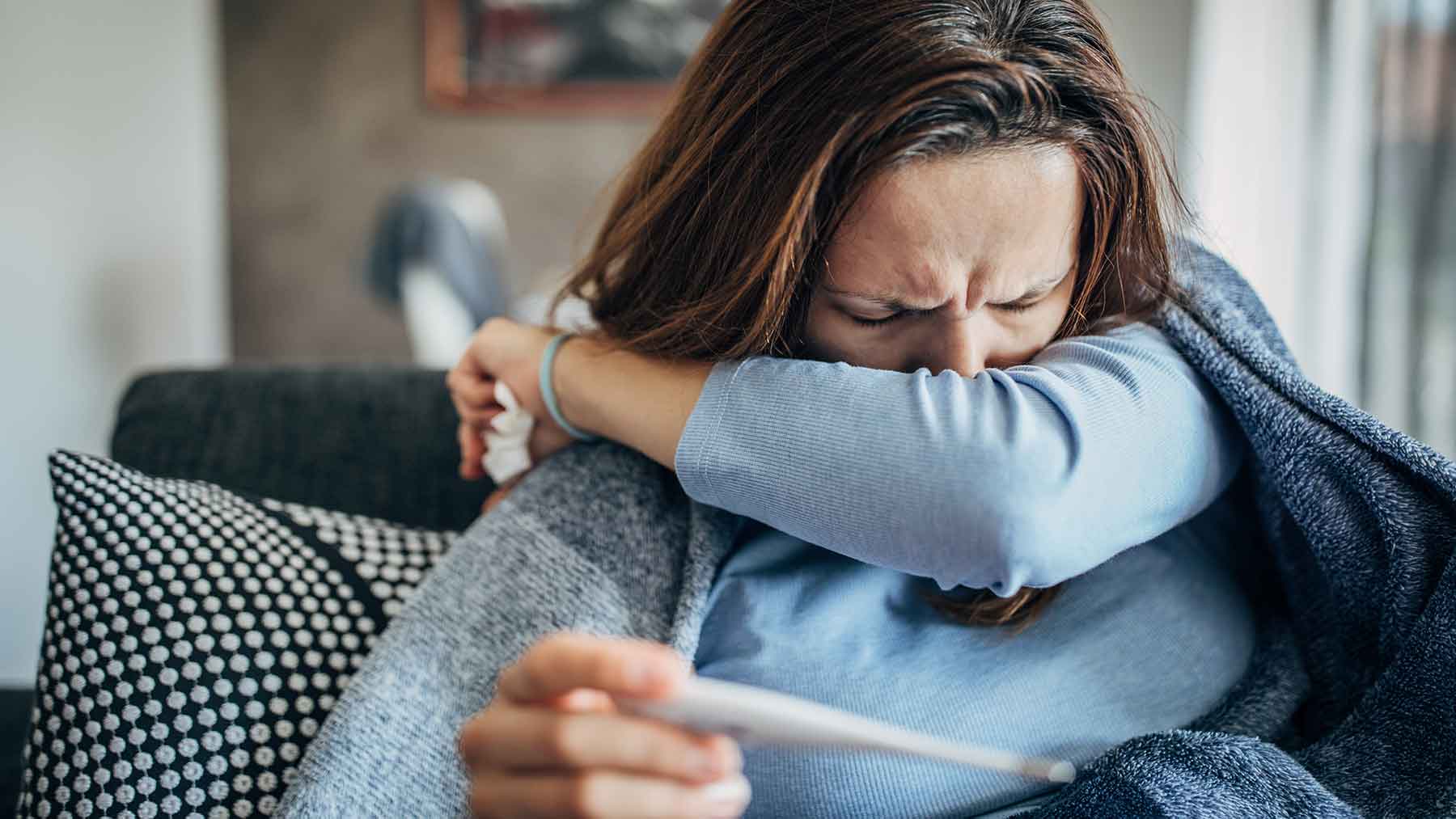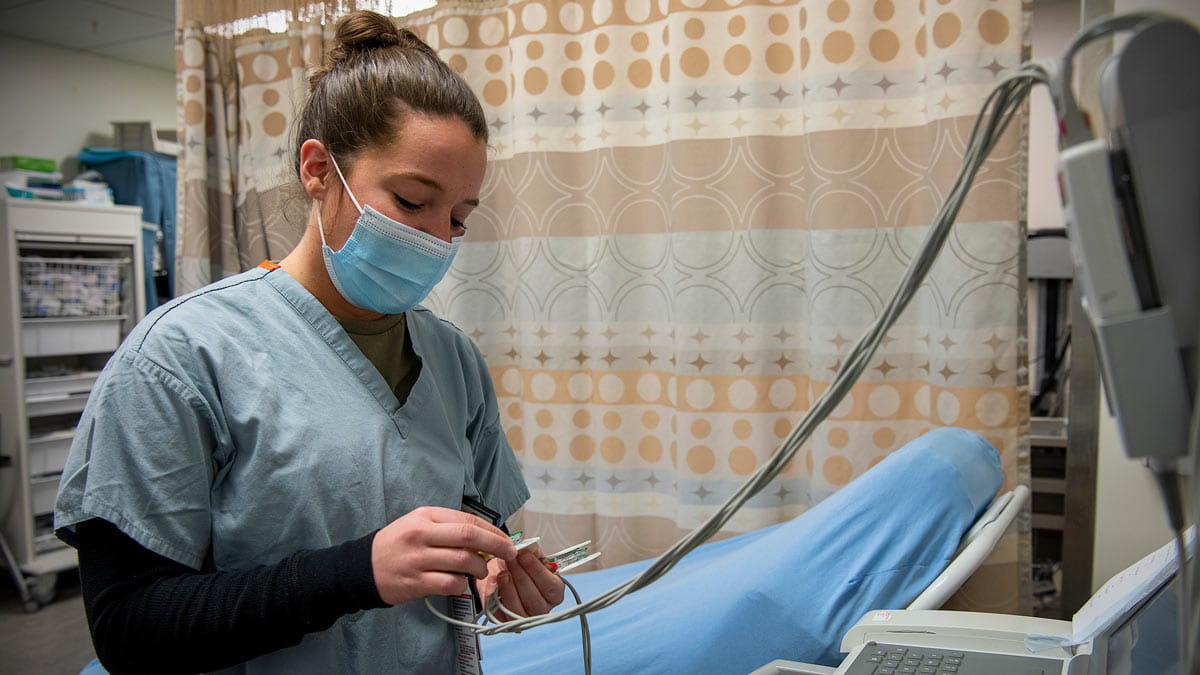What to know about this flu season during the COVID-19 pandemic
 Editor’s note: As what we know about COVID-19 evolves, so could the information in this story. Find our most recent COVID-19 blog posts here, and learn the latest in COVID-19 prevention at the Centers for Disease Control and Prevention.
Editor’s note: As what we know about COVID-19 evolves, so could the information in this story. Find our most recent COVID-19 blog posts here, and learn the latest in COVID-19 prevention at the Centers for Disease Control and Prevention.
The COVID-19 pandemic stretches on, and we’re entering what’s typically considered flu season.
We saw a lighter flu season last year, and this coming season, we’re expecting to see a return of influenza.
How can we take what we’ve learned from last year and apply it to this year’s flu season?
Why did we see a lighter flu season last year?
The CDC’s reported flu activity last season was dramatically lower than the previous year. Why is that? First of all, COVID-19 guidelines, like wearing masks and social distancing, are also effective in slowing flu transmission. The flu can be spread by droplets in the air, similar to COVID-19. Health care workers were masking up during flu season before the COVID-19 pandemic because it’s an effective way to limit flu transmission. Wearing a mask and social distancing can stop droplets that transmit both the flu and coronavirus.
Hand hygiene also affected our lighter flu season. People are more aware of how important hand washing is in keeping themselves and those around them healthy. Hand sanitizer is now widely available when entering stores and other public areas, unlike prior years. One other significant cause of a lighter flu season is that we weren’t gathering in large groups. When so many people were working from home, the flu was no longer being widely spread around an office or break room.
There was a clear increase in the rate of flu vaccinations last year, as well. That could be from the fear of getting both COVID-19 and the flu, or that people had more time to get vaccinated. Either way, higher rates of vaccination leads to less flu transmission.
What we can do this flu season
We can learn from last year’s flu season to keep flu seasons less severe in the future. Before the pandemic, we lived with the general expectation that we should go to work and school even if we were sick. It’s important to create a culture where it’s OK to stay home if you’re sick. That can look different in different workplaces, like video conferencing into meetings or allowing for adequate sick days. Not everyone has the benefit of sick leave. We should encourage a balance in allowing employees to stay home in order to keep everyone healthy. When sick leave isn’t an option, we now understand how impactful masking, hand hygiene and social distancing can be to help prevent the spread of airborne infections.
Coming out of the pandemic, we still may wear masks, but not all the time. It could be helpful to wear a mask to protect those around you if the flu is going around. Maybe we could even see recommended mask use in geographic areas where flu transmission is high. It’s important to protect others from the flu the way we’re trying to protect others from COVID-19 because the flu can also cause hospitalizations and ventilator use.
Part of protecting yourself and others from the flu is getting vaccinated. It’s our best defense against influenza. While it is still possible to get the flu after vaccination, it significantly reduces the severity of the infection. Additionally, getting vaccinated against influenza decreases your likelihood of requiring hospitalization.
Some populations regularly see higher rates of severe illness, hospitalization and death from the flu — Black and Hispanic people often see higher rates compared to the white population, and they also have significantly lower rates of flu vaccination. That’s why this year, Ohio State has dedicated resources to reducing that disparity by improving access to flu vaccines for those communities, purchasing more flu vaccines, hosting drive-thru flu shot “blitzes” and pop-up flu shot clinics in underserved communities, and creating new clinical procedures to offer flu vaccines in emergency departments, retail pharmacies, primary care and specialty clinics, and in inpatient units.
Does a lighter flu season last year mean this year’s will be more serious?
One of the reasons we’re anticipating a more serious flu season this year is because there is much less masking and social distancing compared to last year.
In areas where masking and social distancing are not being practiced like they were last year, that could lead to a spike in flu cases.
That’s why it’s important to keep taking the safety steps that we have during the COVID-19 pandemic. Wearing a mask, staying six feet apart and washing your hands can help keep you and others from getting the flu.
Can I get a COVID-19 vaccine or booster at the same time as a flu shot?
Yes, you can get the COVID-19 vaccine or a COVID-19 booster at the same time as a flu vaccine. Earlier in the pandemic, the CDC recommended that these be more spaced out, but now that we have more data on the COVID-19 vaccines, the CDC has amended that guidance and says you can get those vaccines at the same time if that’s most convenient for you. Your immune response to one vaccine won’t be affected by the other vaccine.
You can also still get the vaccines on separate dates if that’s what you’d prefer.
Don’t get comfortable this flu season
While we had a light flu season last year, there could still be a spike in flu cases. It’s easy to become relaxed if you’ve been vaccinated or recovered from a confirmed case of COVID-19. Keeping up the well-established precautions can keep flu transmission low and not overwhelm our health care system with the need to treat both flu and COVID-19 patients.
Eric Adkins is a physician at the Ohio State Wexner Medical Center and a professor of Emergency Medicine and Pulmonary/Critical Care Medicine at the Ohio State College of Medicine.




